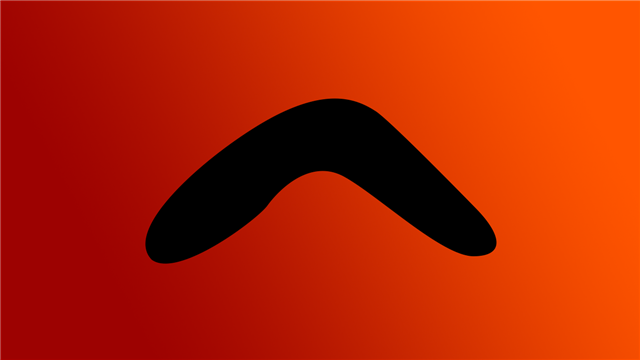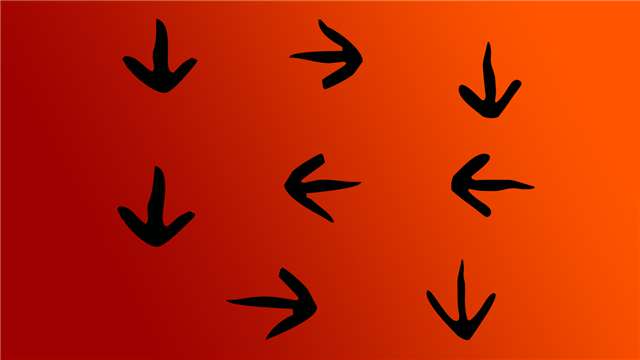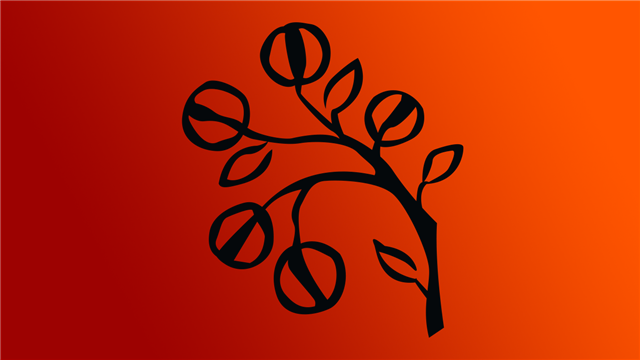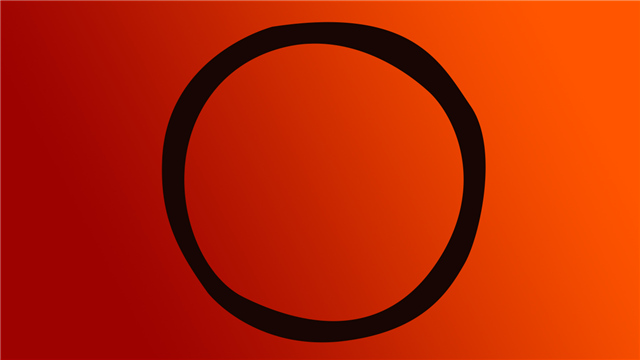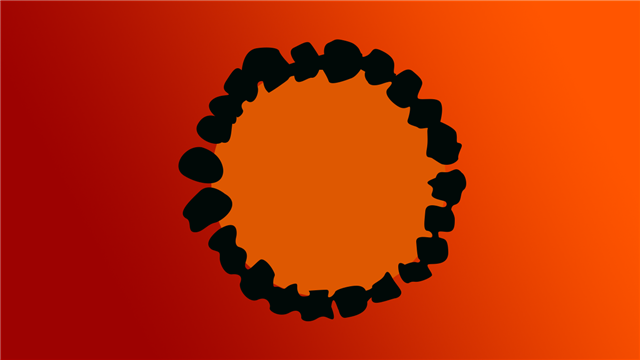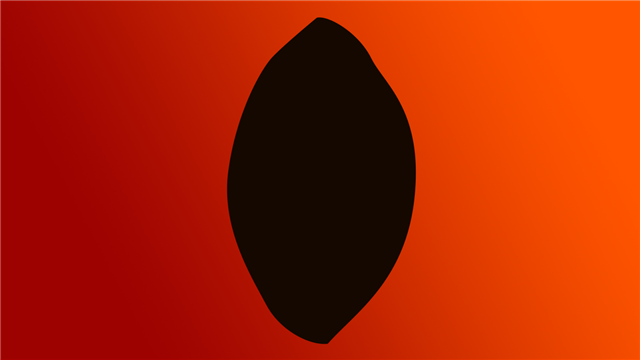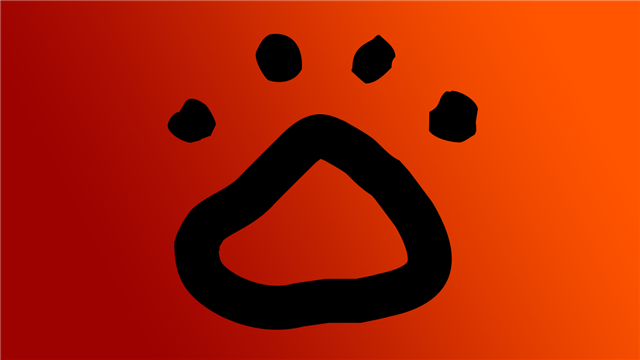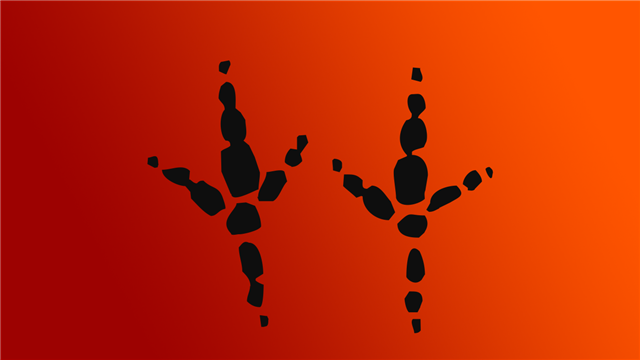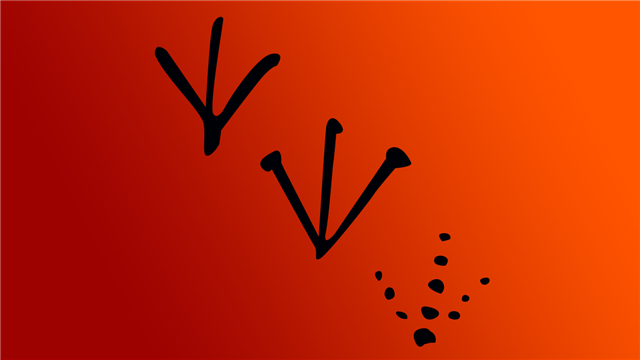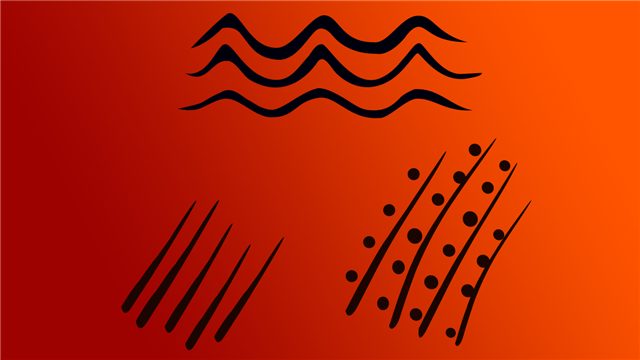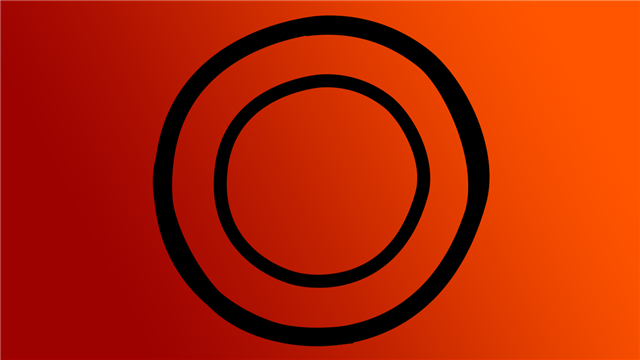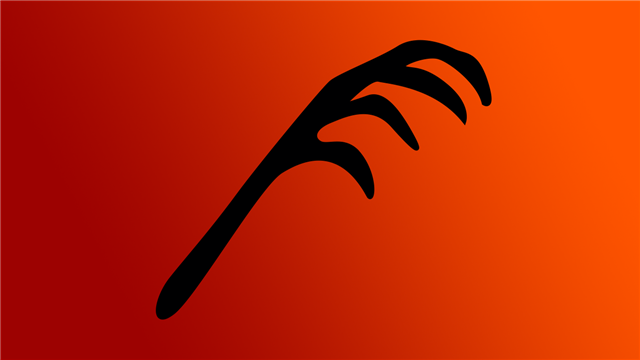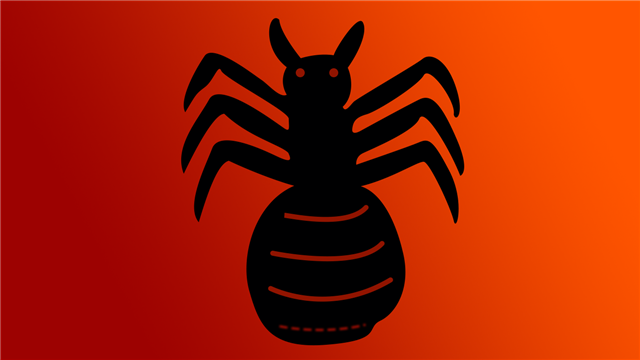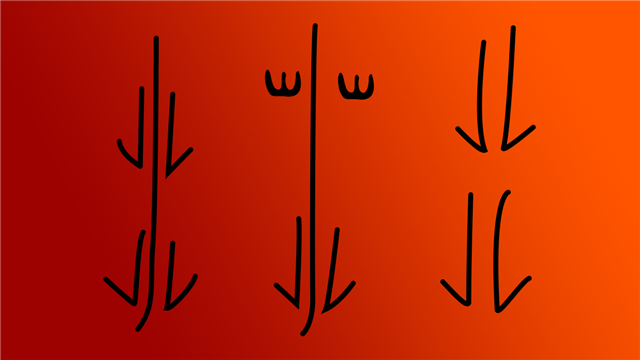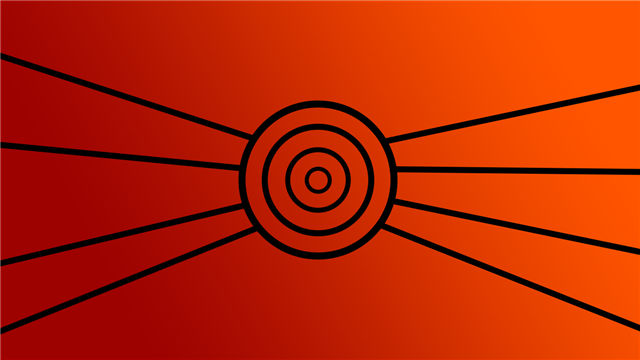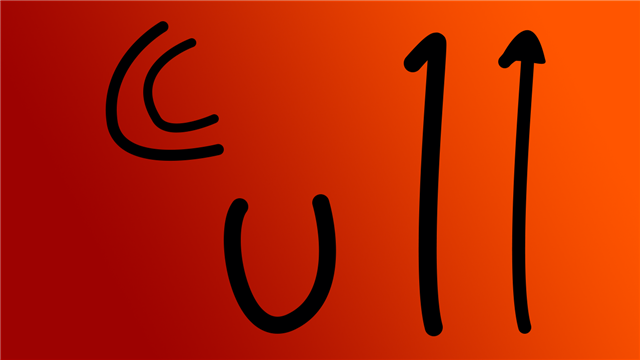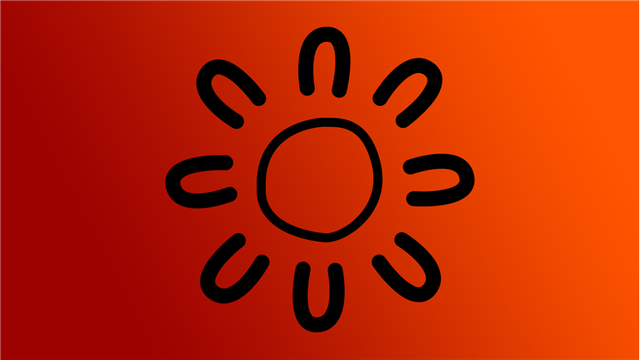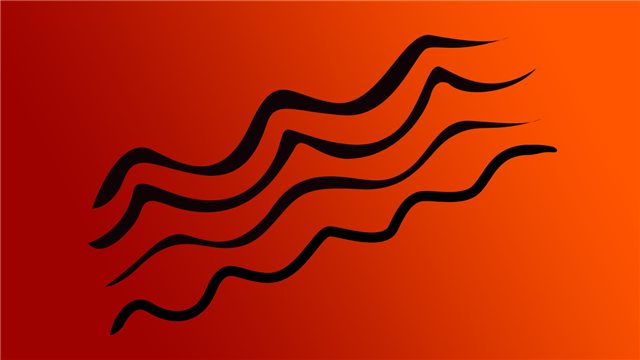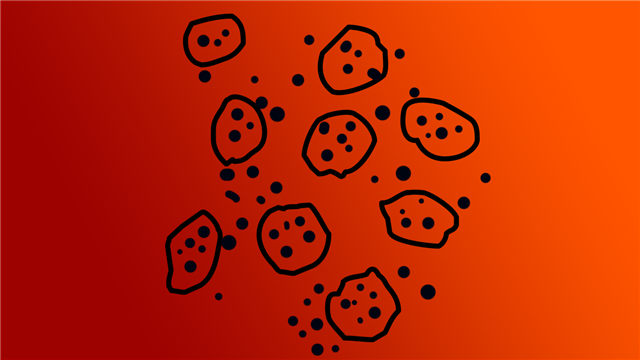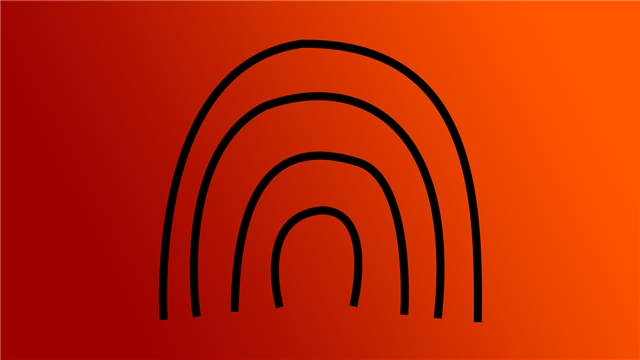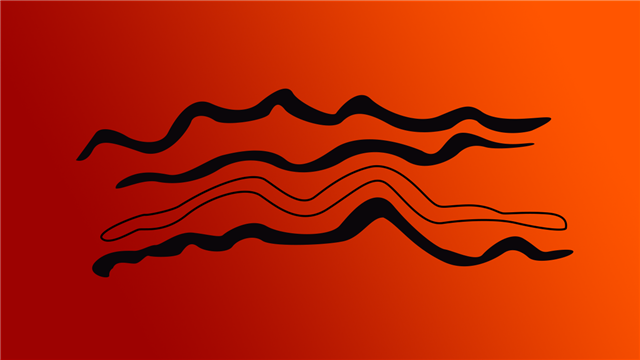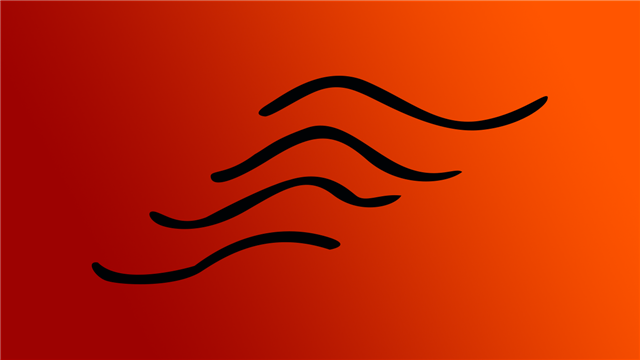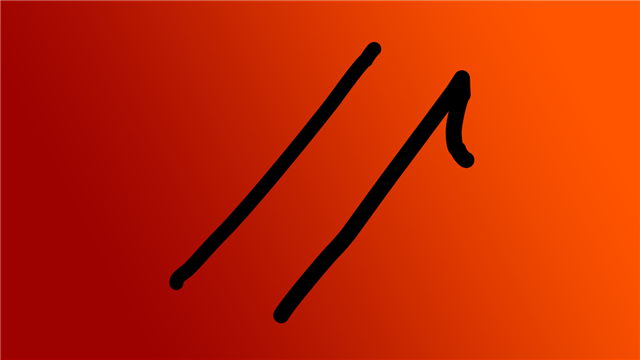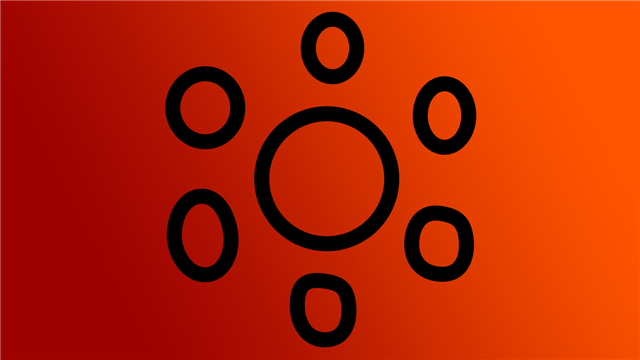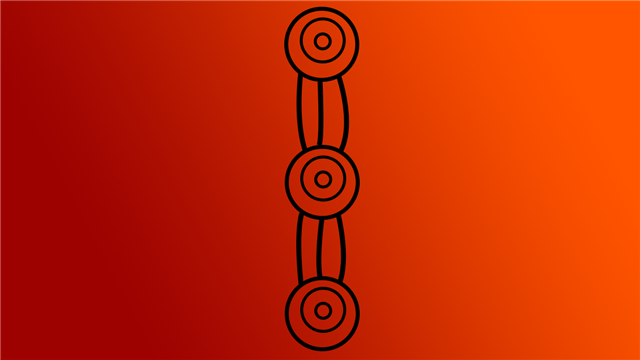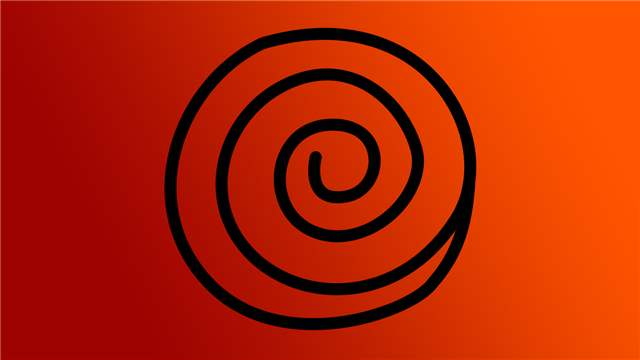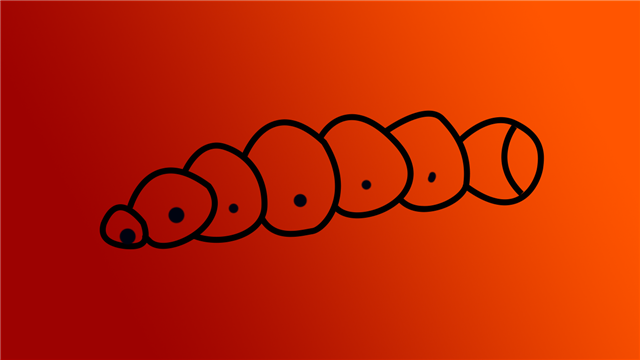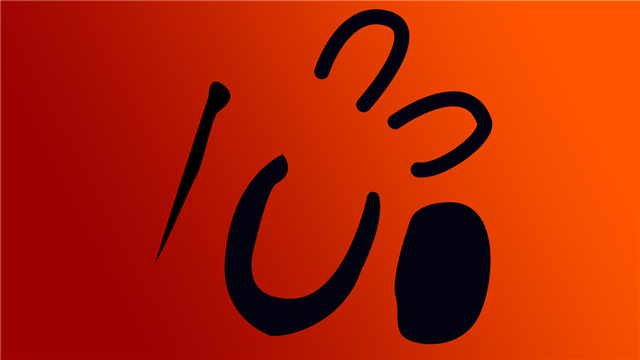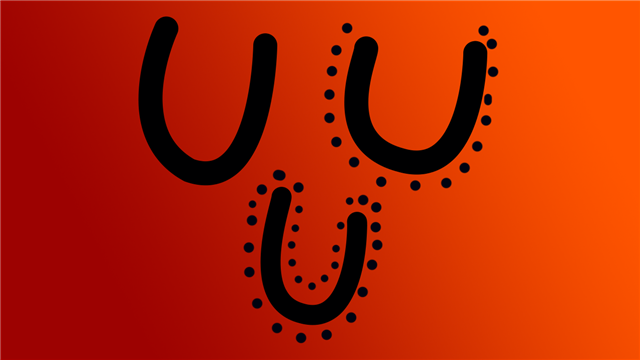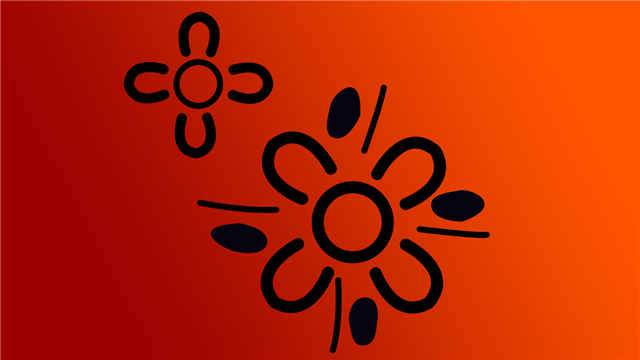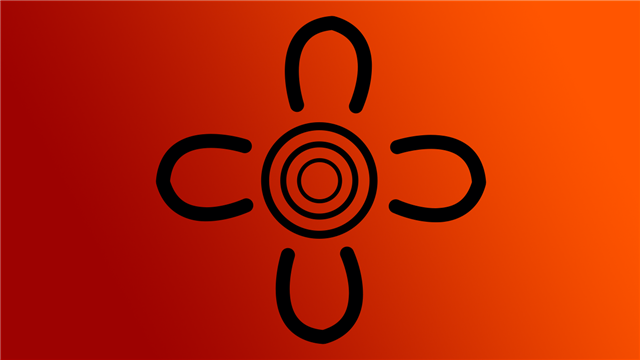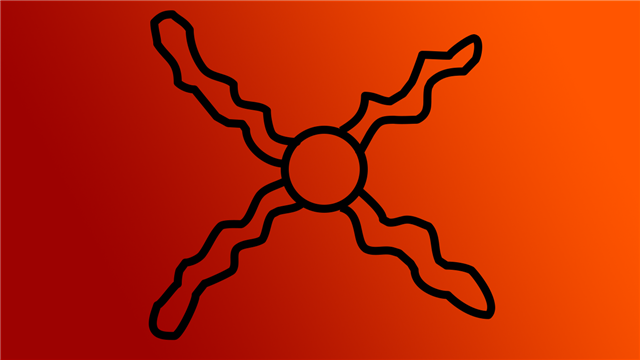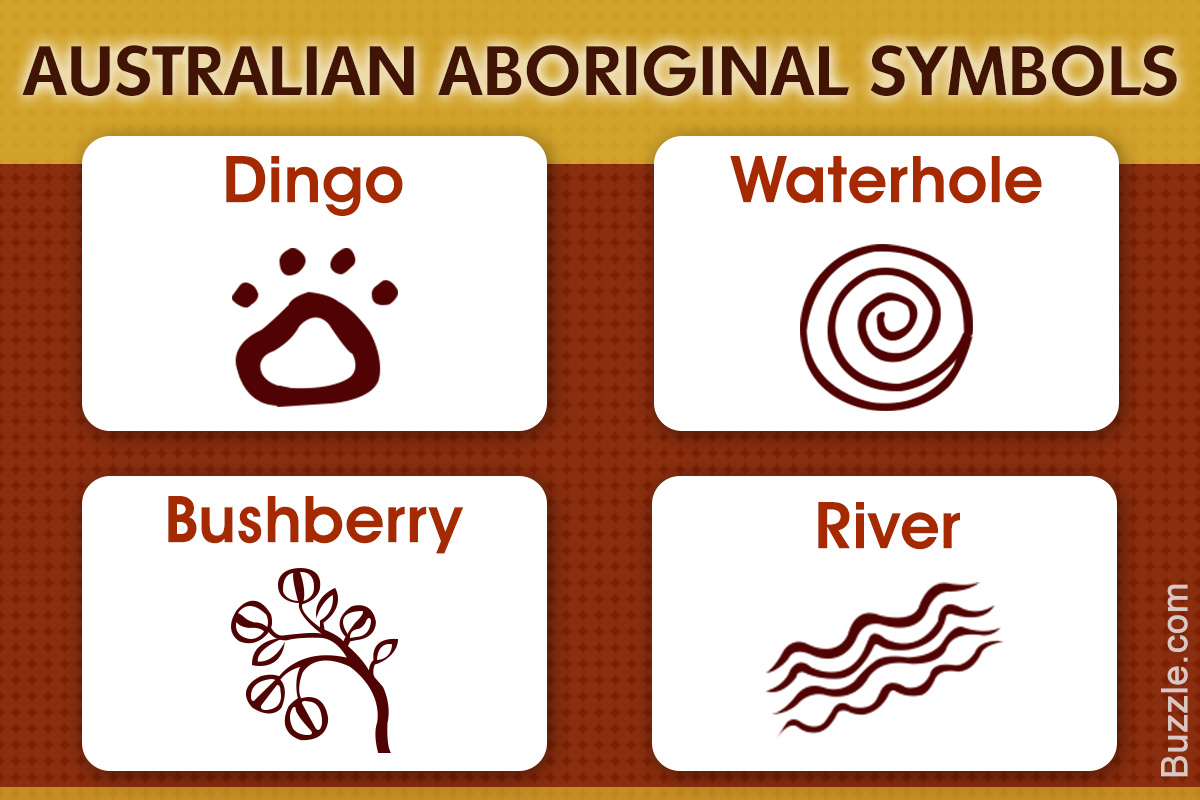
The use of symbols is very prominent in Australian Aboriginal art, and goes back to their cultural history. It is very evident from their rock paintings, cave paintings, body paint, ceremonial clothing, and sand painting. This Historyplex articles provides you with various symbols of the indigenous people of Australia along with their meanings.
Secret Messages
Certain Aboriginal stories are represented by using dots. Many artists use excess dots to hide meanings and symbols in their paintings.
Evidence of Australian Aboriginal art can be found since 30,000 years ago! A very important aspect of this art is the use of symbols. Various symbols are used by Aboriginal people in their art to preserve their culture and tradition. These symbols have the power to transform any object into a sacred one. They are also used to depict various stories and traditions. Symbolism is still used in contemporary Aboriginal art. Traditionally, only ochre was used, but today modern artists are using different colors as well. The basic symbols for a man, woman, child, community, family etc., are standard, but can have different interpretations according to the artist. Sometimes, colors are used to represent certain aspects in a story. Aboriginal people used to depict their dream-time stories using these symbols.
Dreaming
It goes beyond the conventional meaning for the Aboriginals. Dreaming is used to describe the relations and balance between the spiritual, natural, and moral elements of the world. It also refers to the time of creation of the world and supernatural beings. It is conveyed in their art usually through an aerial view.
Australian Aboriginal Symbols with Their Meanings
Boomerang
The men use the boomerang for hunting, as a knife, and also as a percussion instrument in ceremonies.
Budgerigar
Budgerigar is a small parrot; its flight is used to find paths to edible food and water.
Bushberry
It is the staple food of Aboriginals, and is collected by the women.
Camp
The people are shown in various activities like bush-gathering, eating, hunting, etc. The campsite is always a fertile part of the country.
Campfire
The dotted circle that is depicted represents a campfire.
Coolamon
A coolamon is a vessel carried by Aboriginal women to cradle babies and carry water, fruits, and nuts. It can also be placed on the head when traveling.
Dingo
The dingo is one of the most represented animals in Aboriginal mythology. They were left to look after the children when the parents went hunting.
Eagle prints
The eagle is seen in many artworks of the Aboriginal people, and in the symbol above, eagle prints are depicted.
Emu, turkey, kitty hawk
The feathers from turkeys are used for ceremonies. Turkeys eat insects, worms, berries, or seeds and walk all day. Men use emu feathers during ceremonies.
Flowing water
This symbol depicts flowing water. It usually connects two waterholes.
Gathering
Gathering is depicted in this symbol. Men gather large animals, whereas women gather fruits and nuts or small animals.
Goanna
The goanna and its eggs are an important source of food. The Aboriginals hunt it by following its tracks.
Honey ant
The liquid in the abdomen of honey ants is regarded as a special treat by Aboriginal people. Women dig deep to catch them.
Kangaroo tracks
Kangaroo tracks are depicted in this symbol. Men use these tracks to hunt them.
Meeting place
Aboriginal men and women meet, sit, and socialize at the meeting place. It has a lot of importance for them.
Men with boomerang and spears
The spear is a hand-crafted weapon that is used to hunt large prey. As mentioned above, men use the boomerang for hunting and as an percussion instrument for playing music during ceremonies.
People sitting
Aboriginal people usually sit around a waterhole or campfire. This is depicted in the symbol above.
River
This symbol represents a river, an important source of water.
Rock holes
Rock holes, which are like storage tanks, are depicted in this symbol. They are very important sources of water.
Shelter
This symbol depicts a shelter. It can also be used to represent a rainbow or a sandhill.
Smoke/water/fire/blood
The above symbol can be used to depict smoke, water, fire, or blood depending on the artist’s interpretation.
Snake tracks
This symbol depicts tracks of a snake. It is referred to as the Rainbow Serpent, a mythology creature from the Dreamtime.
Spear
A spear is depicted in this symbol. The Aboriginal men make their spears by hand and use them for hunting.
Star
This symbol depicts a star, which is considered as a totemic being by the Aboriginal people.
Traveling
The lines in the symbol represents traveling, while the circles are the resting places.
Waterhole
Being very critical in deserts, waterholes are considered sacred places and are prominently depicted in various artworks.
Witchetty grub
The witchetty grub is considered as a staple food source of the Aboriginal people.
Woman/children with digging stick
This symbol represents women along with children and digging sticks. Digging bushes for food was a duty of the women.
Woman with body paint
Women used to paint their bodies with ochre during ceremonies.
Women and children
Women teach children gathering of food, hunting, and family unity and pass on various traditions.
Women sitting around waterhole
This symbol depicts women sitting around a waterhole, which is an important source of water.
Yam plant
The yam plant is depicted in many Australian Aboriginal paintings. It is a staple source of food, and the symbol shows its extensive root system. Women collect and pay homage to it during ceremonies.
These symbols have been found in National Parks as well. The meanings and interpretations could change slightly in different regions.
